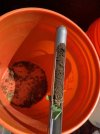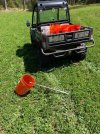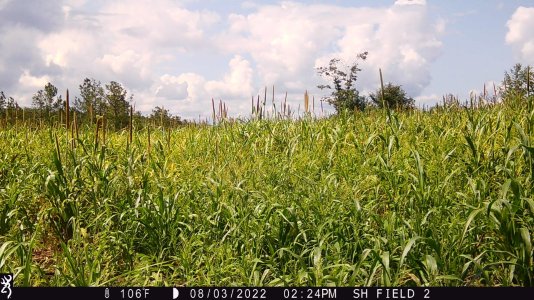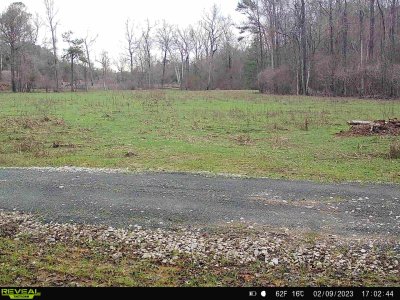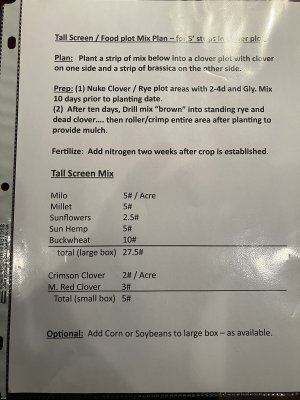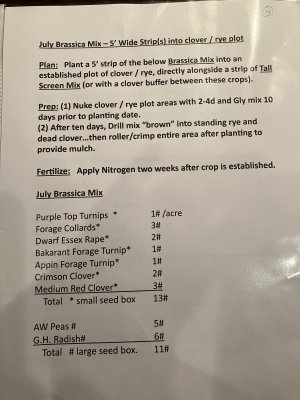Wild Thing
5 year old buck +
Sounds awesome!
I think the key to building soils - or maximizing the potential of our soils- is not solely focusing on what is planted now, but on what will follow. In an effort to maximize our soil's ability to the nutrient cycle and communicate with the soil microbial populations, increasing our bacterial to fungal networks - over time.
When I look at most foodplotters we want a heavy grain and brassica mix for hunting in the fall. Often many of these mixes use beans as their main N source in the Summer - beans are a legume but they dont fix an astronomical amount of N.
One of the reasons no-till, regen, conservation ag, whatever we want to call it - fails - is due to the inability to cycle nutrients. We must pay attention to the Carbon To Nitrogen ratios and be highly confident we have enough N in the system for the microbes to breakdown the Carbon and not too much N that our microbes mine our OM.
In conclusion- looks asweome, buddy! Just start planning the fall mix now to follow these Summer mixes and enjoy every second of it!!
You obviously have a much better handle on building soil than I do Buckhunter, but I am trying to learn as much as I can. This is one of my soil samples from last spring before I planted - which would have been after my 5th year of no-till and cover cropping. The other 5 soil samples from other food plots were very similar. The last couple of years I was reducing my fertilizer inputs as suggested by Dr Grant Woods (cut back to 75% of soil test recommendation, then 50% the next year and then 25%). I still used fertilizers in some of my plots but nothing in others. This year I will not use any synthetic fertilizers at all and hopefully - none in the future.
My OM and CEC have been slowly increasing, as have my other nutrient levels. I believe I am now good-to-go in eliminating P and K for sure, but I just don't know for sure on N. The bottom of the report shows an "Estimated N Release" of 118#/acre but it is my understanding that this is just some type of estimate. I do know that the legumes included in my cover crops will fix N from the atmosphere but I am just not sure how much N will be available the following year.
I also don't have a real good handle on C:N ratios yet...
What do you think about further inputs based upon soil tests like this particularly for a following crop such as sugar beets or brassicas which are high N users?
Thanks for your help.


